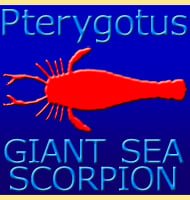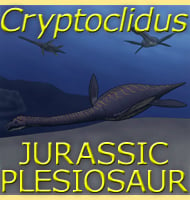In Depth
Kaikaifilu is certainly an interesting genus of mosasaur. First it was one of the larger mosasaurs known to have been hunting in the waters of the Southern hemisphere. Also, the teeth of Kaikaifilu were heterodont, meaning that there were different forms of teeth within the mouth. This makes Kaikaifilu to be the only the second genus of mosasaur known to have had heterodont dentition (the first being Eremiasaurus). Heterodonty in creatures often points to them being generalist feeders, and it is possible that Kaikaifilu may have been a generalist hunter.
Kaikaifilu is among a growing number of ancient marine reptiles known to have lived in waters around Antarctica, which back in the Cretaceous was not frozen like it is today. A species of the mosasaur Taniwhasaurus and the plesiosaur Aristonectes are also known from Antarctica.
Further Reading
- Kaikaifilu hervei gen. et sp. nov., a new large mosasaur (Squamata, Mosasauridae) from the upper Maastrichtian of Antarctica. - Cretaceous Research 70:209-225. - R. A. Otero, S. Soto-Acuna, D. Rubilar-Rogers & C. S. Gutstein - 2017.









